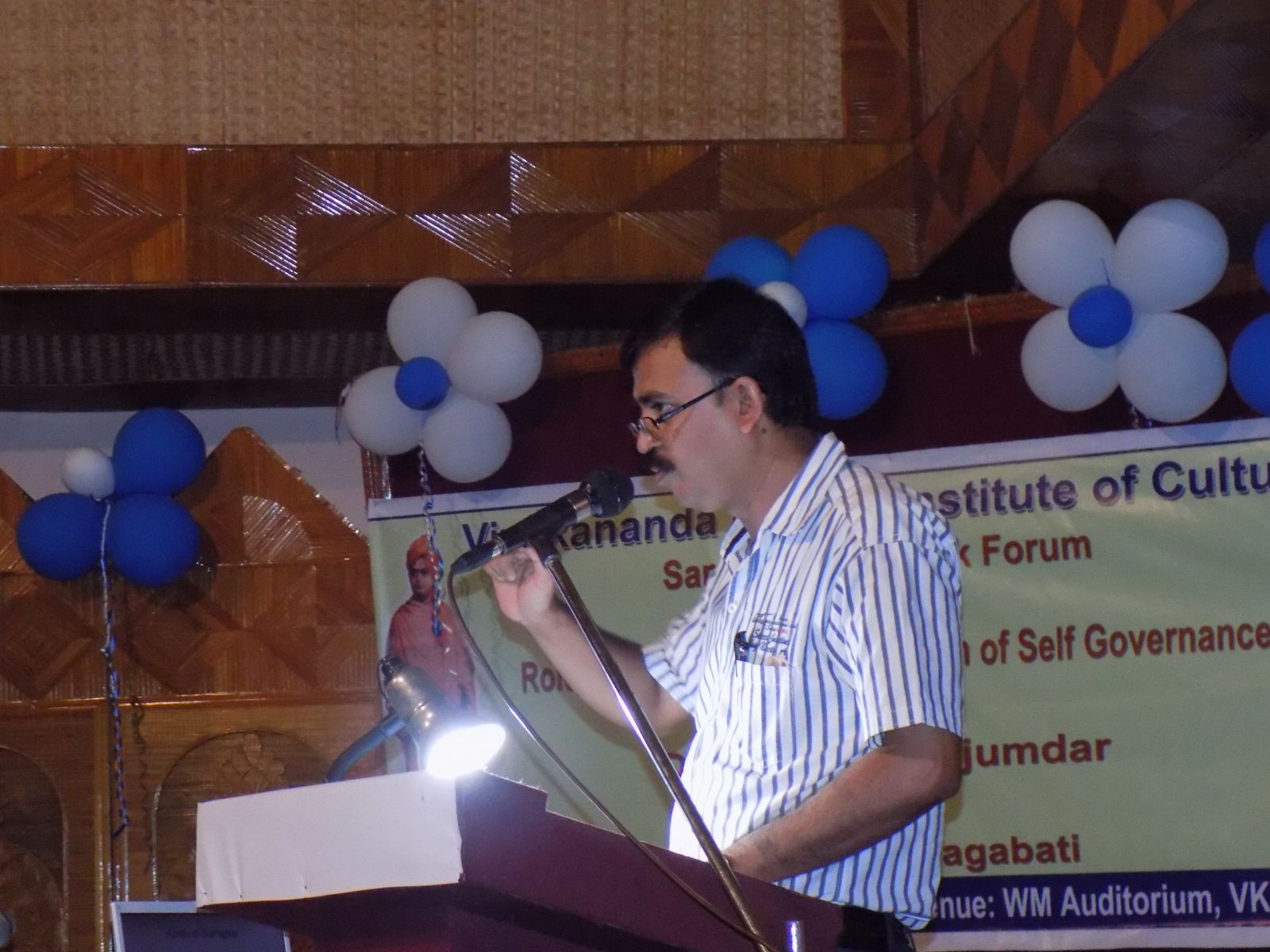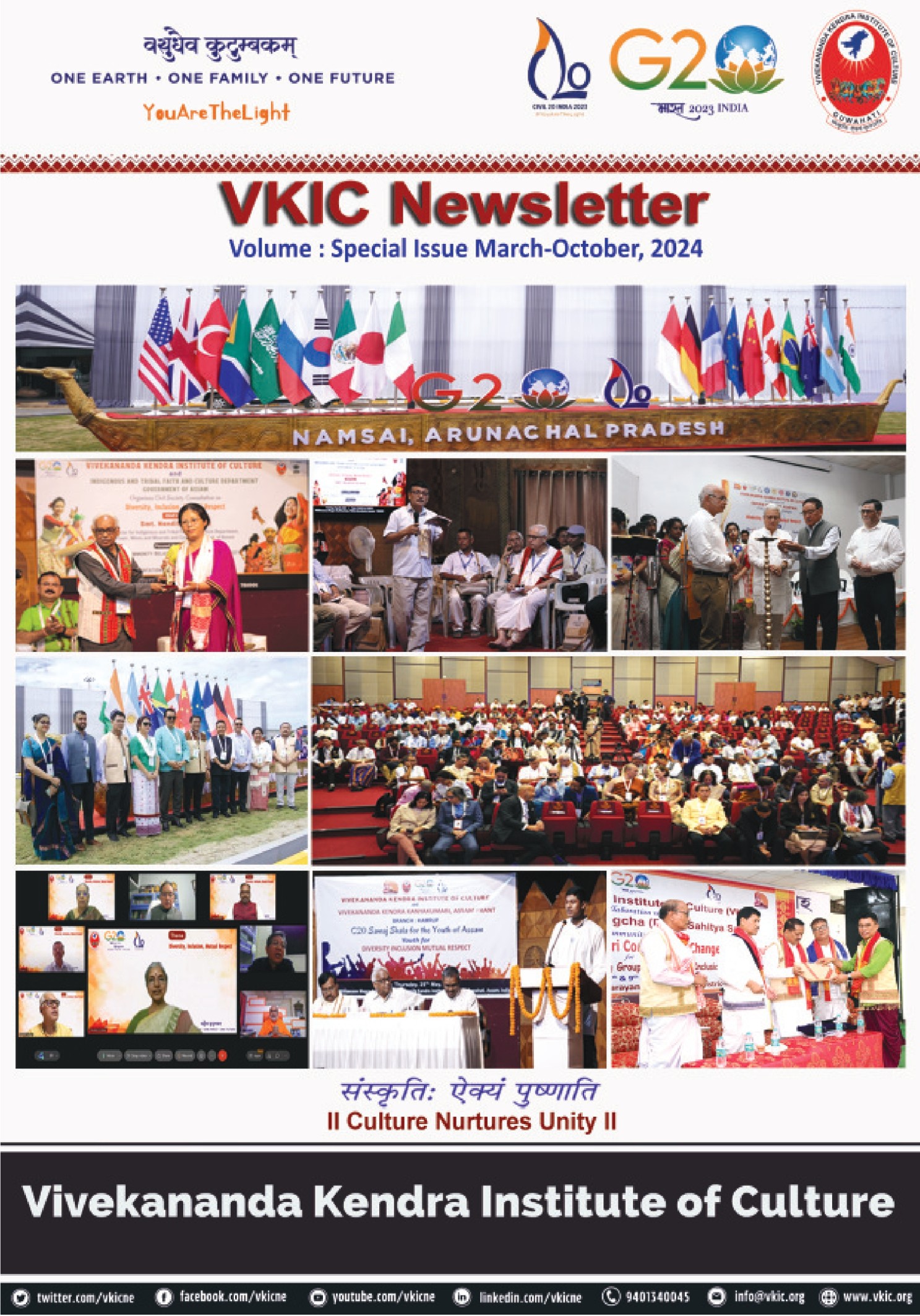
In his lecture titled 'Role of Namghar as an Institution of Self-governance,' Dr Mazumdar portrayed the evolution of the Namghar from inception till the present day. He focused on Namghars in rural and semi-urban areas which still retain many of their age-old traditions and functions. Namghars in such contexts play a significant role in shaping the cultural milieu of adjoining areas. At the same time they exhibit features of self-governance in various ways, allowing people to participate in the decision making process.
The Namghar in the course of time developed into an institution that governed itself in some clear cut ways. For instance, it had definite ways to gather revenue, keep track of funds, and had functionaries entrusted with specific tasks to ensure smooth running of the Namghar. He substantiated his views by referring to the functioning of the Barpeta Namghar.
Acknowledging that the Namghar is a dynamic entity that has adapted with changing circumstances, Dr. Mazumdar said that many Namghars have successfully retained the best features which can be traced to their earlier position as a common platform for devotees cutting across social and economic divide. Local people, in their own way, laid the foundation of many Namghars, and devised methods that enabled its functioning in a way that has survived the test of time.
He hoped that the Namghar would continue to attract study and research, particularly in the areas related to its role as a self-governing institution.


